- Free Estimates
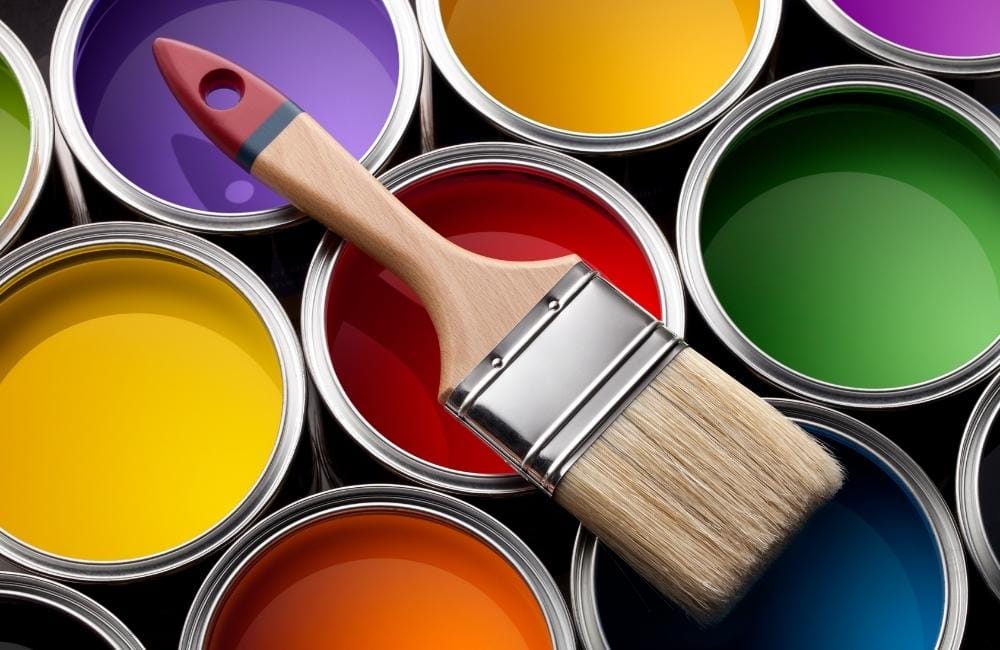
Paint plays a vital role in modern life. From transforming interiors to protecting industrial structures, it is used across countless surfaces for both aesthetic and functional purposes.
Despite its widespread use, most people have never paused to ask: How is paint made? Understanding the paint manufacturing process not only fosters appreciation for the science behind every can but also informs smarter consumer choices.
Here’s everything you need to know about how paint is made.
✔ The paint manufacturing process begins with precise measurement of pigments, binders, solvents, and additives to ensure consistent results across batches.
✔ Pre-mixing forms a thick slurry that lays the groundwork for smooth texture and accurate pigment dispersion.
✔ Pigments are finely ground to sub-micron levels to achieve consistent color, uniform coverage, and a high-quality finish.
✔ In the let-down phase, remaining materials and additives are slowly mixed in to complete the paint’s composition and balance its application properties.
✔ Each batch undergoes strict quality control tests for viscosity, color, gloss, adhesion, and drying time before it can be approved for packaging.
✔ After passing all checks, the paint is filtered, filled into containers, sealed, labeled, and prepared for distribution with full compliance and efficiency.
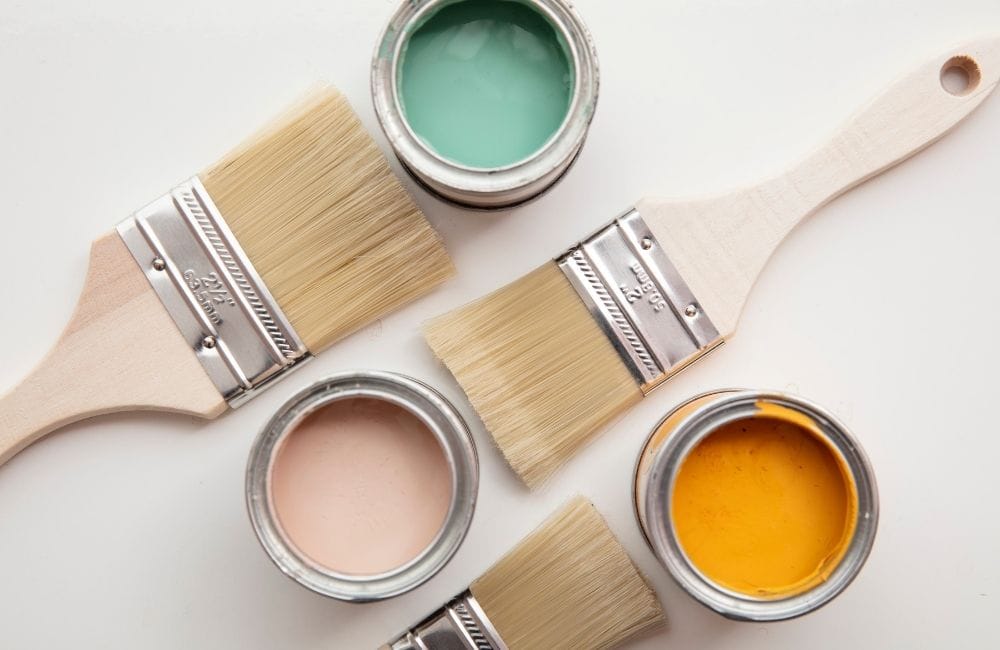
Paint is a mixture designed to cover surfaces with a layer that is both visually appealing and protective. The finished product may seem simple, but the paint manufacturing process involves a delicate balance of chemistry and engineering.
To understand how paint is made, one must begin with its composition. So, what is paint made of?
Understanding the ingredients in paint offers insight into why different paints perform differently and how they are tailored for specific applications. These components form the basis of every paint formula used in the modern paint manufacturing process.
Each one is carefully chosen and measured during the paint manufacturing process to produce a product that performs reliably—whether it’s a washable wall paint, a rust-resistant coating, or a smooth decorative finish—making it essential to understand what is paint made of at its core.
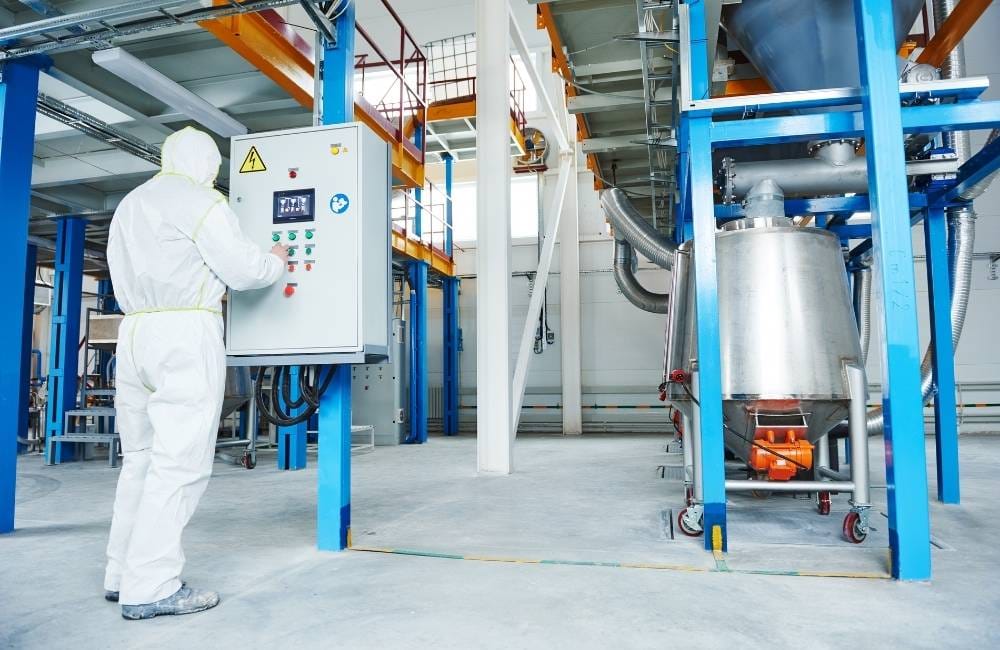
To fully understand how paint is made, it’s essential to follow the industrial path that turns raw materials into consistent, high-performance coatings. Below is a step-by-step breakdown of the modern paint manufacturing process used across factories worldwide.
Before production begins, the manufacturer determines the exact formulation based on the type of paint being created—whether interior latex, exterior weatherproof, or specialty industrial coating. This stage is foundational to the paint manufacturing process, as small errors here can lead to costly inconsistencies later.
The weighed ingredients in paint are combined into a thick slurry. This includes a partial amount of pigment, binder, and solvent. Pre-mixing lays the groundwork for pigment dispersion, which is crucial for a smooth finish and accurate color.
One of the most technically demanding stages in the paint manufacturing process is grinding or milling. A successful grind determines whether the final product will apply evenly and dry to a uniform finish.
After grinding, the paint undergoes a “let-down” phase—where remaining components are added and the formulation is completed. By this stage, the paint has achieved its functional and visual properties. It’s ready to be tested and filtered.
Before any paint is approved for packaging, it undergoes rigorous quality control. Each batch is sampled in real-time from the mixer. Critical Tests Include:
Once approved, the paint goes through its final stage before shipping. The high level of automation in this stage reflects the scale and efficiency required in modern paint manufacturing process facilities.
As sustainability becomes a priority across industries, the paint manufacturing process is evolving to reduce its environmental footprint. Manufacturers are implementing greener technologies, materials, and operations to align with modern eco-conscious demands.
Over 90% of architectural coatings sold in the United States are now environmentally friendly water-based paints. The modern paint manufacturing process reflects a deliberate shift toward environmental responsibility.
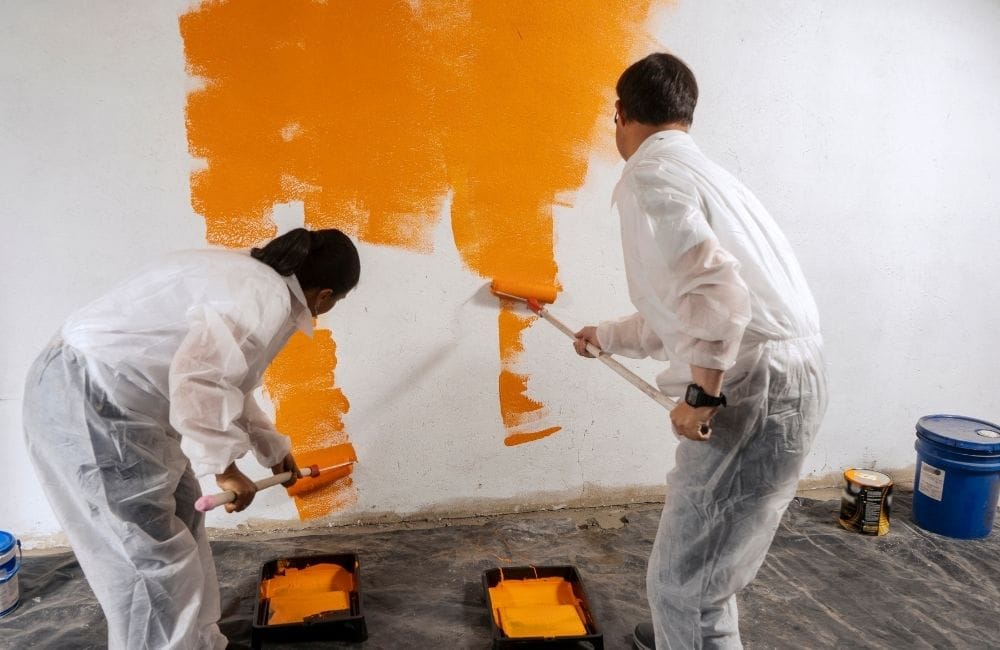
Professional house painters like Fairfield Painting Contractors benefit greatly from understanding the paint manufacturing process and the science behind the products they use. This knowledge supports better decision-making, higher-quality finishes, and improved client satisfaction.
The four main ingredients of paint are pigments, binders, solvents, and additives. Pigments provide color and opacity, while binders hold the pigment to the surface. Solvents adjust the paint’s consistency, and additives enhance performance.
Raw materials for paint include mineral or synthetic pigments, resin-based binders, water or chemical solvents, and various functional additives. These materials are carefully selected to match the desired application, such as indoor, outdoor, or industrial use. Their quality directly affects the durability, color, and finish of the paint.
Water is the primary mixing chemical in water-based paints, while organic solvents like mineral spirits or turpentine are used in solvent-based paints. These chemicals help disperse the other ingredients and give the paint a workable consistency. After application, the solvent evaporates, leaving behind a solid, dry film.
Modern paint is made by selecting and weighing raw materials, pre-mixing them into a slurry, grinding pigments, and blending in the final ingredients. The mixture is thoroughly tested for quality before being filtered and packaged. Automated systems and eco-friendly methods are now common in the manufacturing process.
Binders in paint are responsible for adhesion, helping the pigment stick firmly to the wall surface. These resins form a continuous film as the solvent evaporates. Proper surface preparation also plays a crucial role in ensuring long-lasting adhesion.
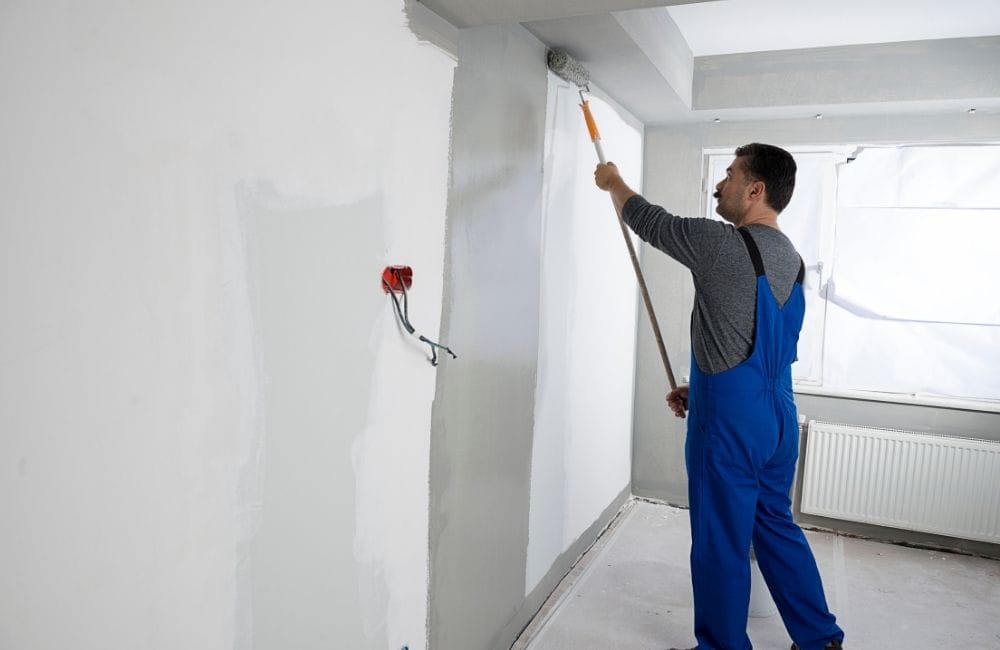
If you’re a homeowner in Fairfield, CT, looking to enhance your living space with top-quality painting services, trust the local experts at Fairfield Painting Contractors. With years of experience serving Fairfield, CT, our team understands the science behind every coat and delivers flawless results that last.
For expert interior or exterior painting, contact Fairfield Painting Contractors today and bring color, durability, and value to your home!